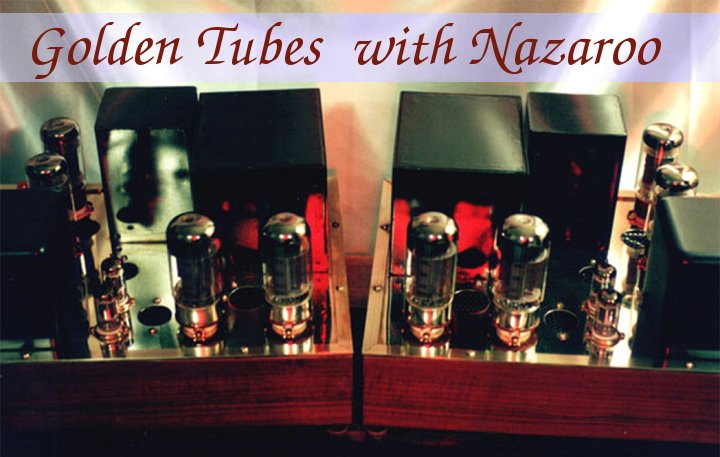Quote:
|
"I just did some calculations on a 4"x4"
section of speaker grille.My speakers contains 121 1/4" circular holes
per 4"x4" section,so if my math is right ,that is a total of about 5.93
square inches of 'circular holes' punched into a total area of 16
square inches which means that about 62% of the area immediately in
front of my speaker is covered by what appears to be about 3/32" steel
plate. I am curious if this amount of metal directly in front of a speaker could have a noticably degrading effect that could be improved by either removing the grille or replacing it with something lighter duty? Has anyone explored this further and come up with any conclusions?" Speaker Grille Thread |
Quote:
|
The best I have found in a metal grill
material with anything approaching enough protection is from a
McNichols perforated steel, 12 guage and with 1/4" holes with a
resulting 58% transparency. Given the lack of flat area facing the drivers (because the holes have rounded edges and are so densely packed), I haven't observed much, if any, HF reflection from this stuff. I have observed reflected HF energy in other grill materials including most of the available purpose-built speaker grill cloth from Accustone, etc. (which surprised me). Your calculations appear to result in 48% transparency. I personally would try to improve this. Go to www.micnichols.com and then select "Round Hole", then "Round Hole Pattern", then select from materials "plain steel" and then hit "view stock list" and after this loads, scroll down to 1/4" hole size, 5/16" hole centers, staggered, 12 gauage and 58% open area. That's probably the best you can do. Be prepared to spend some good money for the stock and then go through the process of degreasing the metal, cutting it to size and then finishing it. Obviously for small batches this is probably too much cost and effort." Tom Young Electroacoustic Design Services Oxford CT |
Quote:
|
I have gotten a few sheets of perf metal from
Mc-Nichols for the floor monitors I have built. I went with the 5/32nd
hole size with 3/16th spacing and that figured out to be 63% open area.
But that size is only available in 16 gauge thickness. If I were doing
punk shows I would have gone with a much heavier gauge and less open
area! But the 16 is easy to form on curves. I also have a layer of 1/4 inch acoustic foam on the underside of the perf metal. Mike Caldwell |
Quote:
Well, this whole thread got me wondering,
since no one posted any real numbers, curves, etc, derived from actual
tests - only hearsay. So last weekend, we ran some tests using CLIO on a
brand new custom monitor, consisting of a JBL 2206H LF, 2426J HF on a
JBL PT horn, custom crossover at 1200hz, and punched-metal grille
material identical to the current stuff JBL uses, with the ~1/4"
closely spaced holes.It was a real eye opener! High frequency response actually appeard *stronger* with the grille in place! We ran the test a number of times, just to verify, and no, we didn't have the curves mixed up. All we can come up with is that the grille must somehow increase high-frequency diffraction. The mic was placed directly front and center, about 1 meter away. The room itself was fairly dead.
If anyone can come up with some other explanation, I'm all ears. Curves posted below - W/O grill = green, W/grille = red.
John
..
In the earlier graph, the grille was screwed down directly to the wood, which resulted in a metallic ringing sound when tapping the grille. I'm wondering if this is what caused the earlier, unexpected result? For these later tests, the grille was isolated from the cabinet by foam gasket material on all edges, which eliminated the ringing. Also, these later tests were done without the 1/6 octave smoothing, and low frequencies were windowed out.
I think it clearly can be stated that grilles of this type likely introduce comb filtering, at least at higher frequencies:
...
This latest series of tests show that the earlier results I posted were apparently not too accurate, and that grilles can have a negative, if somewhat minor effect,
John

No comments:
Post a Comment